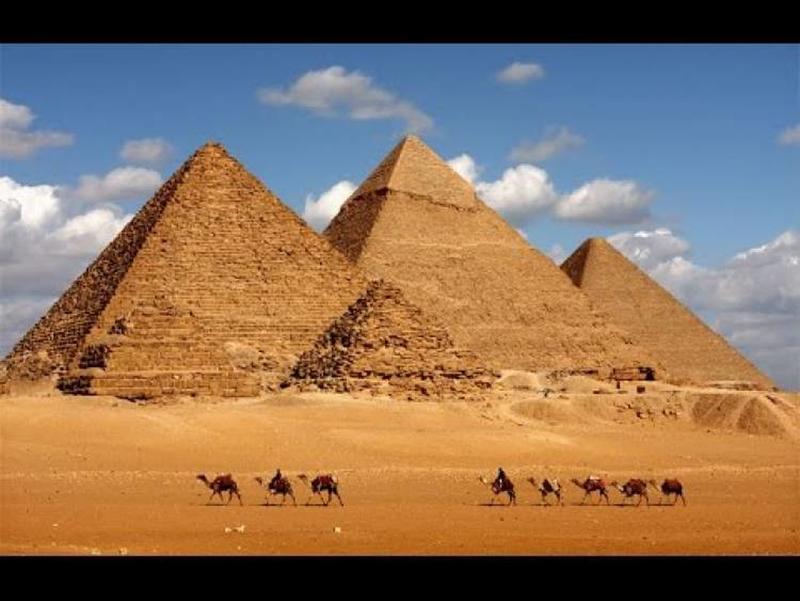The earth may appear to be one giant marble of rock, magma, ice and water to us, but it really is nothing more than a speck of dust in the grand scheme of the universe. But humans, with all their technologies, decades of rampant growth and numerical advantage have been completely unable to make the blue marble subservient to their whims and desires. The following exotic locations which will disappear from the map in the future are a testimony to our utter helplessness.
Rising sea levels pose a serious threat to the Seychelles Islands which are gradually sinking and will become submerged underwater. This can pose a major threat to birds and marine life which life on the islands. Estimated time: 50 years.
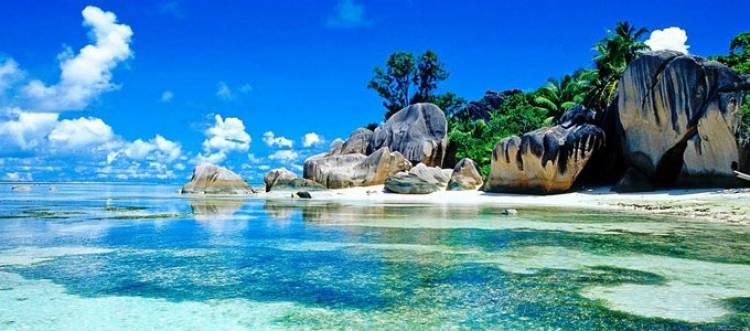
The most defining features of Mount Kilimanjaro are the snowcaps which graciously rest atop the peeks. But because of global warming, the snow is eventually melting into nothingness and will soon disappear from existence. Some say it could be as soon as 2020.
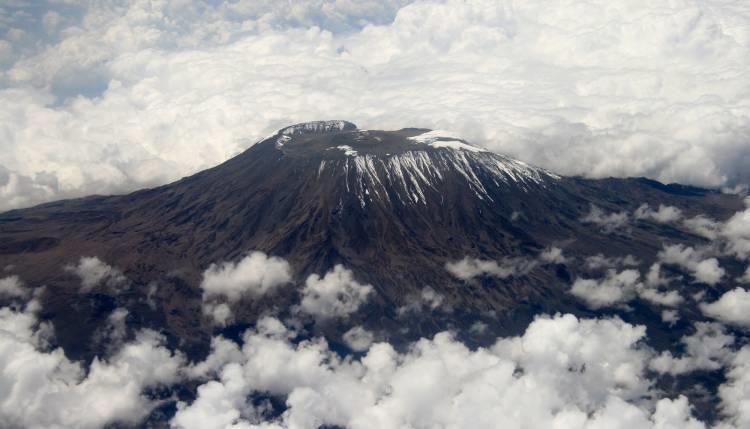
Sea levels are rising more than twice the global average in Sundarbans which is rest below sea level. There are dozens of islands which contain more than 4000 miles of water and land. Estimated time is around 20 years.
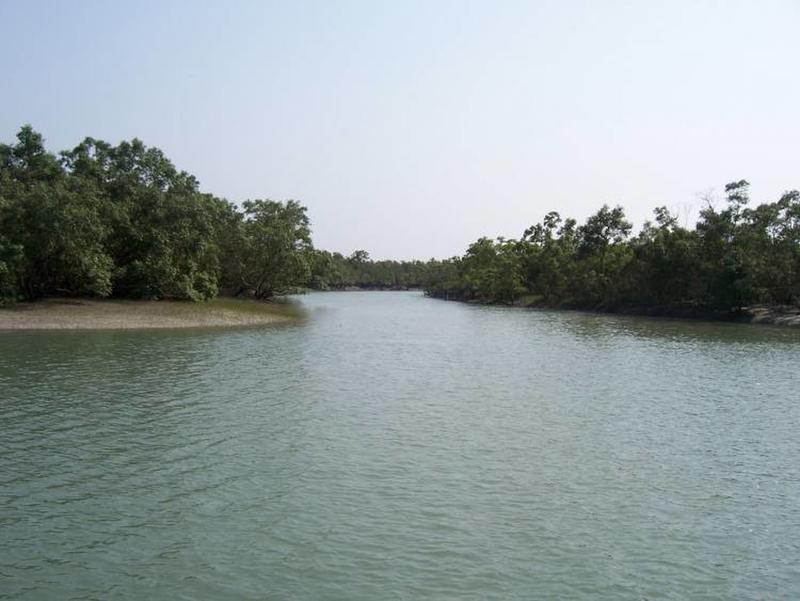
Glaciers are the lifeblood of Patagonia and are one of the major sources of fresh water for the entire world. They are melting at a fast pace throughout. The ice field stretches across vast swatches of land of over 16,800 square kilometers.
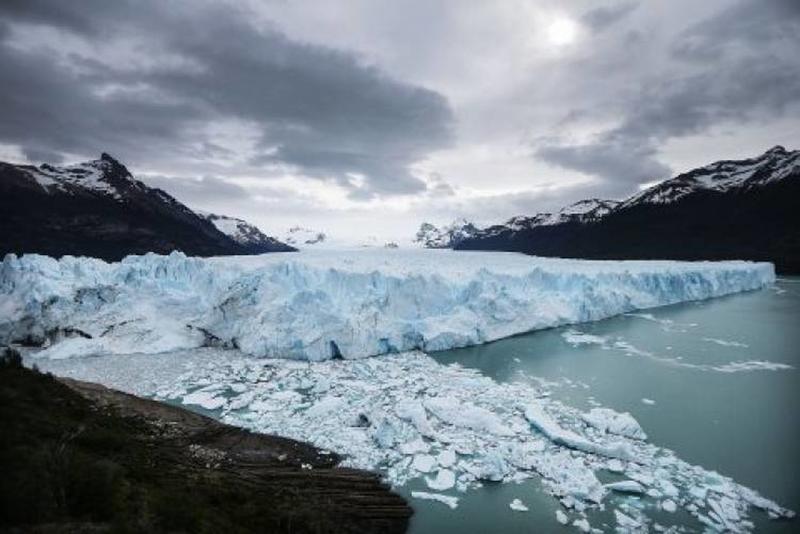
The new island situated in North Carolina has a 50 yard of radius and separates Shelly Island from Hatteras Island. It is filling in quickly with sand. Photos from NASA show that a mile long strip of land has formed on the island.
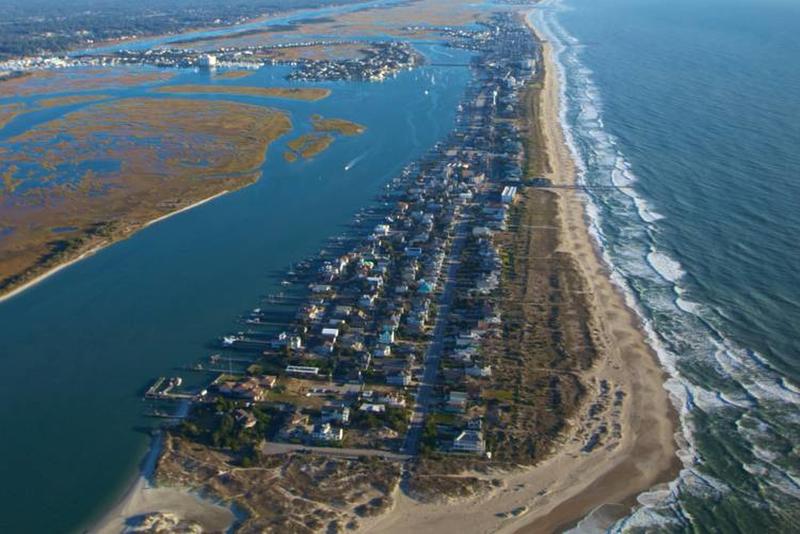
The deforestation in Madagascar is not only going to result in permanent destruction of the natural beauty of the island, but it is also a threat to the biodiversity. The French originally began the deforestation process and converted large swathes of land to coffee field.
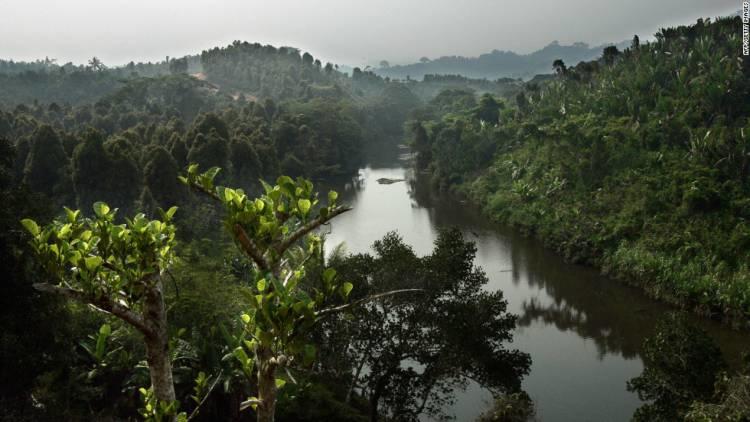
The ever rising temperatures of the globe will eventually result in the loss of these beautiful glaciers within the span of a few decades. Scientists claim that only 26 of 150 remain on and these will only remain for about 25 years.
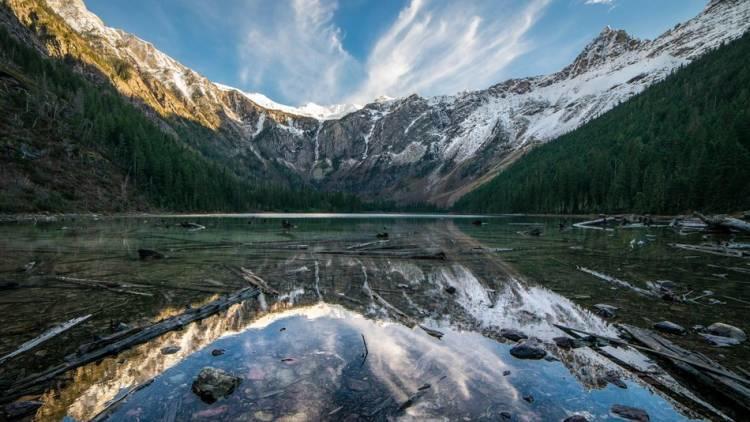
While this won't happen at least until another hundred years, scientists do warn that Venice and a majority of Italy's north Adriatic coastline will become enveloped by water. It could rise by as much as five feet.
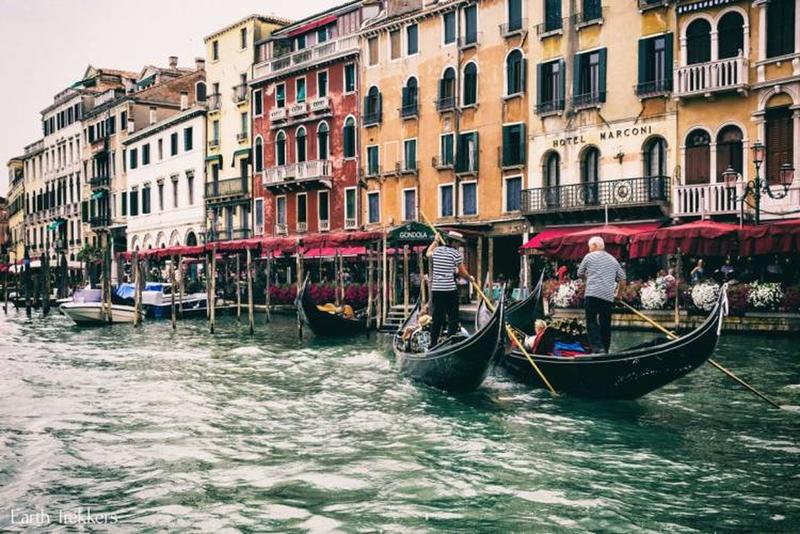
Ever since the ruins of the Incan Empire were declared to be a UNESCO World Heritage site back in 1983, millions of people have attempted to visit them in Cuzco. These tourists are inevitably causing damage to the area by deforestation and urban development.
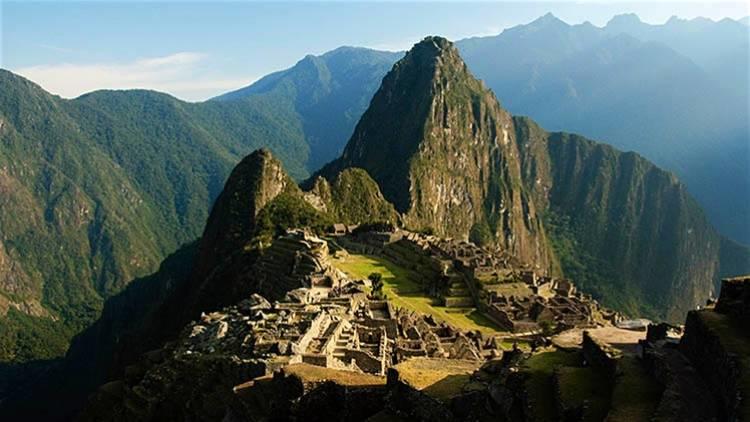
It is a marvel of architecture which has inspired both artists and engineers worldwide. The Taj Mahal has held its structural integrity for over 400 years but it is gradually losing its pearly hues due to acid rain and air pollution.

No hardcore traveler worth his salt wouldn't have Galapagos on their bucket list. The unique thing about Galapagos is that humans haven't really touched the place as much and remains in pristine form. What threatens it however is pollution and global warming.
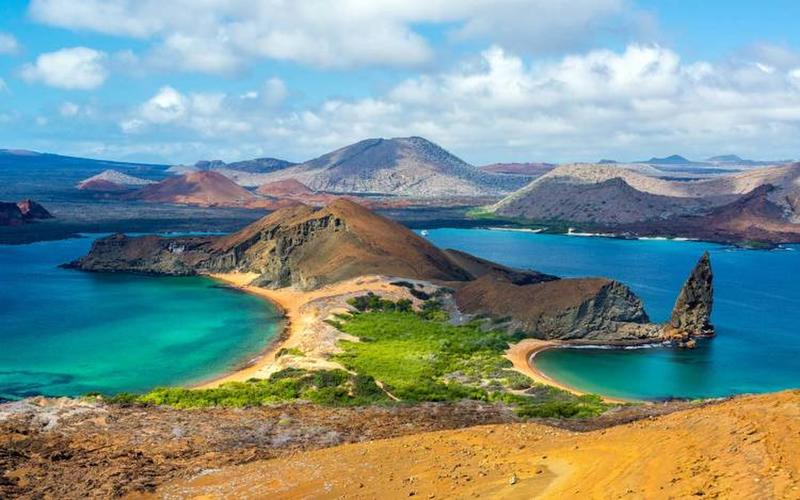
According to researchers, about two thirds of the forests in the Congo River would soon disappear within the span of 50 years. The Congo Basin loses upto 3.7 million of land annually due to agriculture, urban development and mining.
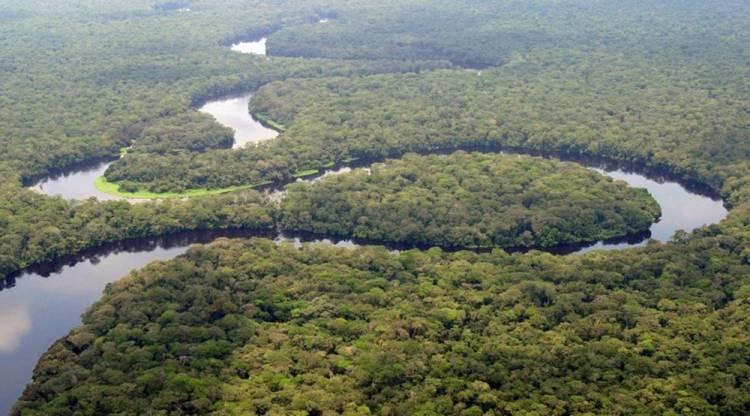
A distinguishing feature about the Dead Sea is that humans can't sink it because it is dense and doesn't really feel like water. The Dead Sea is disappearing at a steady rate under the sweltering heat of the Sun.
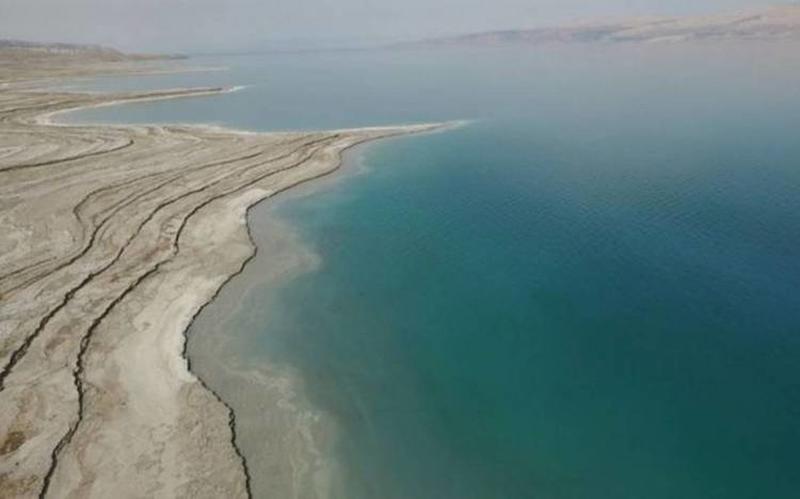
A large majority of the glaciers in Switzerland will soon disappear by the end of the 21st century. A frightening study by scientists at the University of Bern found that temperature has increased by 1.75 degrees, the result is pretty self evident: the gradual erosion of the glaciers.
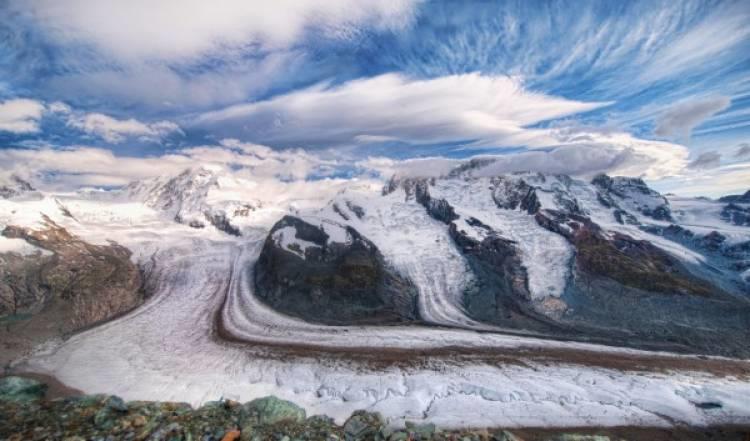
They are a testament to the ancient Egyptian's marvelous craftsmanship which continues to baffle modern science to this day. They have stood the test of time for over 4500 years but pollution is taking a massive toll on the structural integrity of the pyramids. They will eventually collapse completely.
